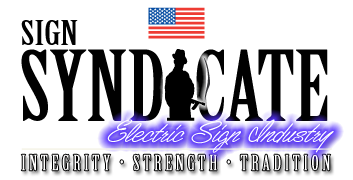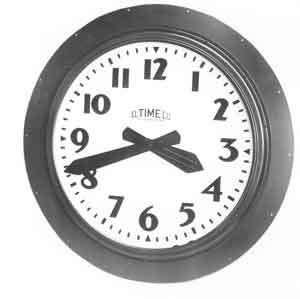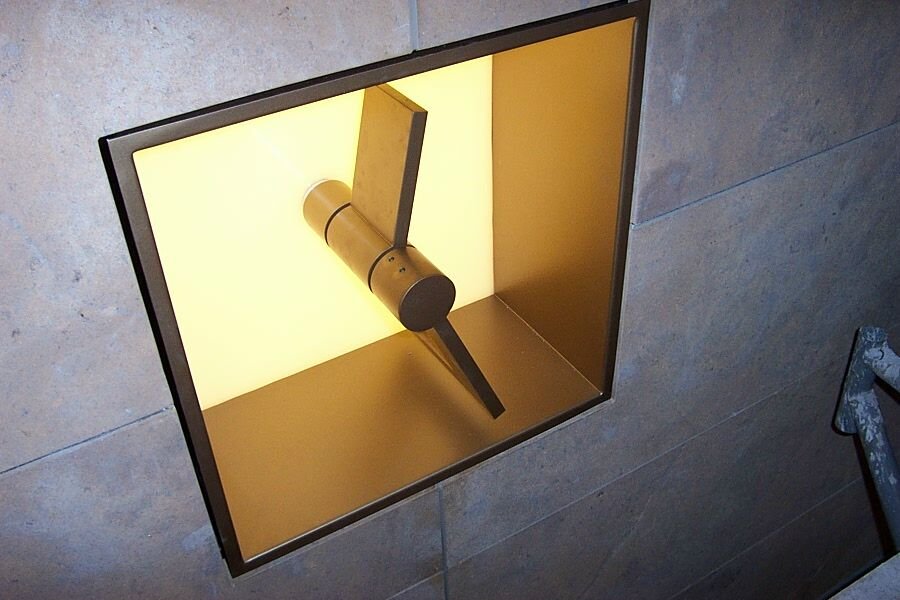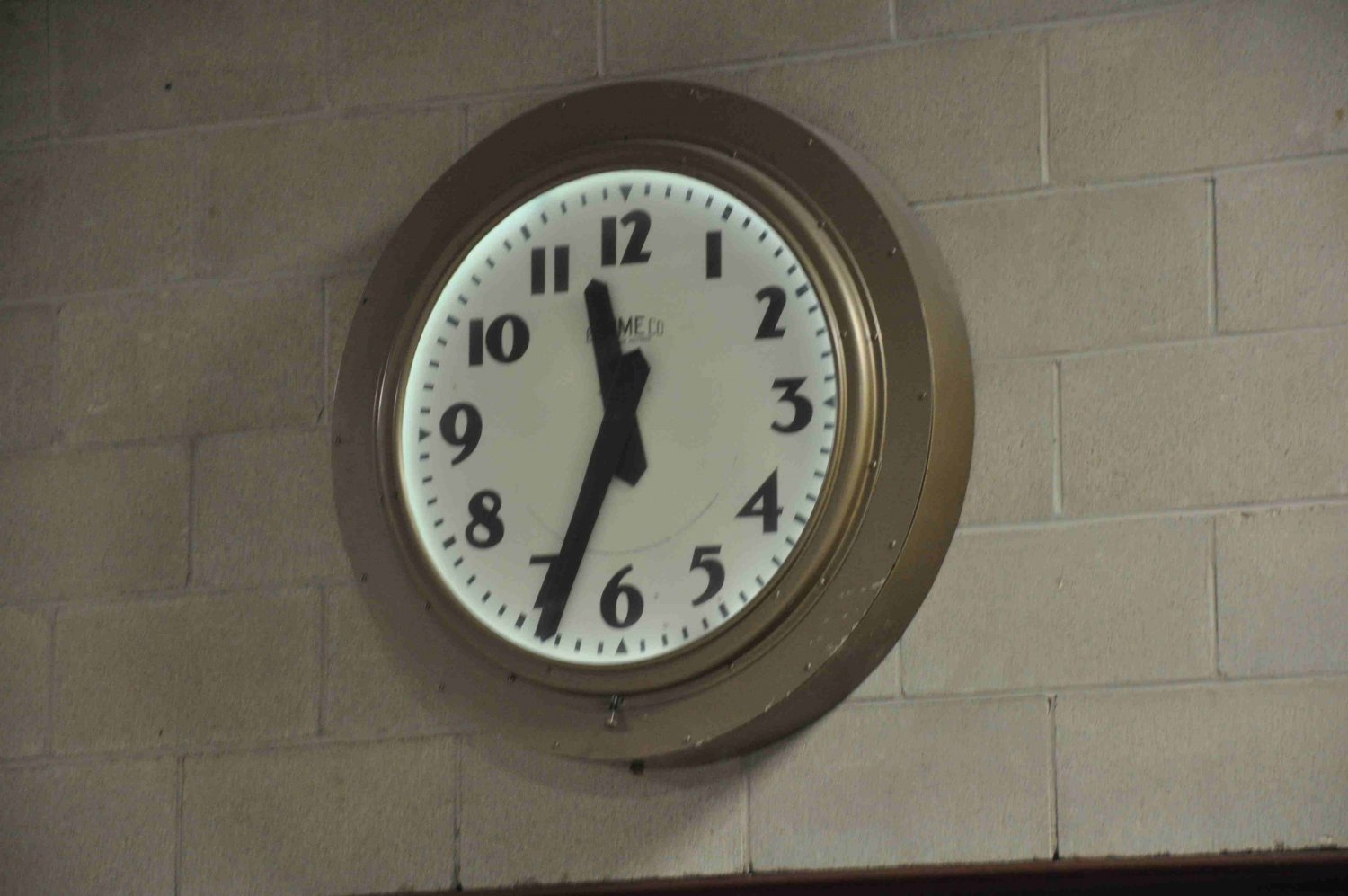
thomaserb
Board Member-
Posts
97 -
Joined
-
Last visited
Content Type
Profiles
Forums
Events
Blogs
Gallery
Community Map
Everything posted by thomaserb
-
The BrightON Ruby Red vs Principal LED Qwik Mod Red ShootOut
thomaserb replied to Erik Sine's topic in General Message Board
I've not noticed an appreciable difference with constant voltage LED modules - also if you break the modules into parallel segments you can minimize the voltage drop - you are also dealing with I**2R (V*I) losses and you will lose 1/2 as much power with a 24VDC system.- 2 replies
-
- principal led
- brighton led
-
(and 2 more)
Tagged with:
-
my 30-year-old ESAB is still running, but on control #3 - and we mostly use our waterjet.
-
Constant Current and Constant Voltage LED Differences
thomaserb replied to Erik Sine's topic in General Message Board
Thanks for the video - so essentially a constant voltage LED module has an on-board switching regulator ? And if you just powered the constant voltage LED with your power supply - you would see the current go up when the voltage went down.- 6 replies
-
- Constant Voltage
- Constant Current
-
(and 1 more)
Tagged with:
-
A four hole mount might be a Hansen movement - available here http://www.american-time.com/products-by-family/clock-parts-and-repairs/motors-movements/synchron-type-c-electric-movements if the clock was any larger - my firm www.electrictime.com which makes larger clocks could help you. You may also want to try the NAWCC forum http://mb.nawcc.org/forumdisplay.php?20-Electric-Horology My suspicion is someone stuck a clock movement from an imported UK clock - on this US clock and even if you used a step up transformer - it wouldn't work - the clock would run 6/5 (60HZ/50HZ) fast. BTW - if you intend to throw out the clock movement - I would take it (and pay for shipping).
-
If the nameplate is correct - the clock won't work in the USA - 220Volts - 50HZ is not the power standard in the USA. I would assume the same about the neon transformer - clock must have been made for export. Reading a little about the "Bichronous motor" looks like it was made in around the time of the depression.
-
Not to get into the UL/MET/ETL debate - but "CE" is not a valid listing in the USA. It is a self-certified European standard, Electrical Inspectors (and you) should not accept it.
-
Typically when something is attached to building you cannot remove it.
-
I need (8) GEWWB1P2 – Tetra Edgestrip 3200K - must be this exact color temperature and part number. I'm hoping someone has an open box. .
-
With a plastic case around it - not a bad idea :) Just 6500K (a bit too blue) but other color temperatures on the way.
-
In the first photograph, is he typing off the ladder - or holding on for dear life.
-
"only 5 people post" - a challenge
thomaserb replied to manuellynch's topic in General Message Board
I'm here from Boston Massachusetts. BTW, the Ballast and Lamp manufacturers pay attention to this board. Post something and you will get a call. -
Just ran the figures on a installation, using LEDs vs HO lamps - found aprox 58% energy savings. BUT Neon would be very close to the LED energy use and would last longer. I think most LED's are rated at 50K hours - I find neon can go 100K+ BTW, we have found with B/W acrylic it's best to use lighting that is more on the "Blue" side.
-
I assumed (maybe wrongly) that the ban applied to both neon and fluorescent ballasts. The same problem is true with reliablity on electronic ballasts for fluorescent lamps. I basically think all electronic transformers ##$##$$. The main difference between the electronic fluorescent ballast and neon transformers for this case is that the fluorescent ballast is normally contained within the sign cabinet with the wires being run in a raceway. Usually the wire that is already connected to the ballast is all that is needed in the cabinet to wire the lamps. The raceways are also just a touch larger than 1/2" conduit used with neon installations. Neon transformers are usually remote from the neon so the GTO has to be run in conduit which really causes trouble at high frequency. Even if the power supply is in a raceway behind the letters...the GTO, electrode or something still has to pass through a metal wall unless the sign is made entirely of plastic. Electronic power supplies do have different rules and sometimes I even think they twist the rules of physics. Whenever we can we use neon transformers with the neon electrode housing potted in. The electronic transformers can be picky in applications for both neon and fluorescent lighting. In the sign industry the electronic transformers are not a mature product, there needs to be a few more iterations in design. Reminds me of the first few years after the low flush toilets were required. The photograph below is of the clock in our shop - installed about 1950's +- it has the same neon tube same transformer (core and coil) - the neon tube wasn't put on stand-offs - the tube was re-gassed in the 1980's but it's still working 60 years later.
-
I assumed (maybe wrongly) that the ban applied to both neon and fluorescent ballasts. The same problem is true with reliablity on electronic ballasts for fluorescent lamps. I basically think all electronic transformers ##$##$$.
-
In the USA. Big push to get rid of "magnetic" products...which I think is absurd. The difference according to the people in "the know" between a magnetic and electronic ballast are as follows: Magnetic is less than 60% efficient Electronic is more than 60% efficient And trust me - there are a lot of inefficient electronic ballasts hovering in the 60% range. I am a huge fan of Magnetic transformers - take halogen lighting for example. We can make and LED glass bulb that is the same performance now as a 50 Watt halogen that only consumes 3-4 Watts and is the same warm color temperature and same color rendering....BUT....all the people that want to use this part use a crappy electronic transformer that has a "minimum load requirement". So let me get this right - with a magnetic transformer it will work and I can reduce the lighting power from 50Watts to 3-4 Watts - but because I have to use an "electronic transformer" there is a minimum power load requirement and it will not work! Stupid. Neon and legacy technologies brought some of the best innovations. We are believers in using the best of the past merged together with the innovation of the future. People to quickly forget what got us here... we are firm believers in studying and respecting the history of a technology. Does anyone know the specifics on the magnetic transformer ban ? As much as I don't like the long term reliability of electronic transformers, in addition to being more efficient they also have a good power factor (less inductive) which means your owner may (depending on their metering system) pay less for the same amount of KWH.
-
Thanks for chiming in! I'm an OF and have not been very sold on LEDs except for special applications (you can't beat them on small channel letters not on a raceway) but some of the newer products (in nice packaging) are going to take the place of neon and HO lamps. You will never beat the reliability of a magnetic transformer with a properly designed and installed piece of neon. But magnetic transformers are being banned I believe in 2012 - so it's no longer an alternative. You shouldn't run out and use LEDs without thinking about it - much as a prior generation did with HO lamps for neon (which was really stupid). Here is one example you cannot do with LEDs - client wanted a specific color temperature lighting and neon had a wide pallet to choose from
-
Didn't know we were discussing Aziom Product, looking back in the thread we aren't. I've haven't seen your design specifically but have seen others which use conformal coating that I wouldn't use. Not sure what the insulation connector system has to do with conformal coating, but using the automotive analogy - I do not see any exposed circuit boards under the hood of my car I don't want to see them on the inside of my sign. Long term what will happen to a exposed conformably coated PC board when the line side of the power feed rests against it - eventually it will short and energize the class 2 circuit with 115VAC. I don't like this design and will never use it.
-
I dont understand why LED module companies dont have the LED chip maker that they use in their products publish a document that says "yes, you are using our LED chip in a way that is consistent with how we say that the product will last 50,000 hours". We do this all the time with Nichia - we have them conduct the testing on our parts to verify that we are UNDER DRIVING the LEDs. Hell, we were asked by one of the largest restaurant chains to prove our parts were not "over driven" and we just provided them with what Nichia tested. Most of the time LED module companies are too ashamed or fearful of telling you whose LEDs they are using. There is a reason why Apple uses Nichia LEDs in their products - they are designed to last a long long time and they cannot be inconsistent in color. They also are the most efficient or highest efficacy so they would use less battery power. But that is just my opinion - and I happen to be the one that was involved with the Patents that outlined how to properly heatsink LEDs to maximize performance and lifetime. Other pet peeve - DO NOT use a product that consists of printed circuit boards with nothing to protect them from the inside of a sign. Conformal coatings are meant to keep moisture out - but they are NOT meant for packaging. Would you buy a cell phone (it would look sort of cool however) that didn't have a case around it - then don't buy an LED package with nothing but a conformal coating around it. Heat, weather, pests will break the coating down and the LEDs will fail.
-
Remember that you always get what you pay for. I will bet that after 3-4 years you will see those cheap white LED's come back to bite you in the butt. Whereas if you used neon you would get many years of life on of your sign and a very happy customer. Over 25 years I have never had a unhappy customer using neon with the average life of the glass well over 10 years. I have had a few failurers using LED's and I can tell you trying to change out LED's while the letters are on the wall is no easy task especially the small letters that you use LED's on because the neon was to hard to install into. Try to charge your customer full price to service the LED failure and see his reaction. There is nothing wrong with using quality LED's just tell your customer the truthon how long the white will last. I perfer neon where ever I can because it has NEVER failed me. Also compare the light output of white neon to the LED's Use the 7328 white because the milkey white looks terrable during the day. Just my thoughts. I really think LED are getting to be a viable alternative. But I've still have a lighted clock in shop circa 1950 with the same tube and core and coil transformer. However 1.) All of the manufacturers keep changing their packages and power supplies - so if some modules fail you don't have a replacement. 2.) Field Problems - I'm finally confident with one manufacturer after using them for special applications for 3 years. You WILL have problems with BRANDX LEDs. You can make LEDs push more light by overheating the LED - the LED will then fail earlier. If the LED is hot to touch don't use it. 3.) Comparison LED and Neon - I don't think are particularly fair. Don't compare a LED against a neon tube with a magnetic transformer - compare it against a neon tube with electronic transformer. 4.) Extended Life (or course this messes with note 3 above) - a quality magnetic transformer with neon will last at least 10 to 20 or more years. Electronics WILL fail before that. Just basic MTBF issues in an electronic power supplies (capacitors begin to fail after too many hours) will result in the LEDs failing. Of course this is going to happen with electronic transformer for Neon and other lamps.
-
Question for Installers/Maintenance Folks
thomaserb replied to manuellynch's topic in General Message Board
it would be great for an ISO like standard for lamps and ballasts both the mechanical layout and the wiring. But I find manufacturers can't even keep the same size and footprint for the same ballast and LED packages change every 6 months. BTW a lot of the high bond tapes CANNOT be applied at low temperatures - minimium applications temperatures are usally like 50F. -
and the problem with current LED systems is, they are not going to be around in the current packaging. So what happens in 10 years, or 1.5 years (if the LED are running at 100C) the owners are going to be pissed. I saw the same thing happen with fiberoptics, the fibers worked great but the illuminators stunk (lamp life 2,500hours) and sometimes the replacement lamps not available. It has reached a point where most owners won't touch the product. Photograph attached of a clock we made and still make, orginally installed on the outside of our shop approximately 1950 - circular neon tube core/coil transformer. Same transformer, same glass tube - it was regassed in 1980. 59 years is not a bad life at all. http://www.electrictime.com/tower_clocks/6...ush_edgelighted
-
Or a 2009 Prius against my 1975 Chrysler station wagon with a 440 engine and a 4 barrel carburetor. You could watch the gas gauge move lower.
-
Actually in this case the package is the product. If the product is not properly packaged it will fail. I'm not just pushing one manufacturer either. I don't know about you - but on more than one occasion I've just about completed a project and realized I needed a few more LED's, only to find that they don't make them anymore :( and the manufacturer won't take them back. My advise to LED manufacturers, keep your LED packages, wiring and voltages consistent and pay attention to reliability. Exposed printed circuit boards in signs will not work anywhere where it actually rains. If I can burn my finger on an LED it's not running cool enough, It might work for a year but in 5 years it will fail, and the customer is going to be mad.
-
For stainless a laser is usually the most cost effective. In the past on a CNC milling machine I've used special bits and multiple "Z" passes. In the Eastern Massachusetts area, we offer 3 Axis Contract Abrasive Waterjet cutting available for cutting metals and plastics up 8" thick. Maximum sheet size 6' x 12'. Send artwork or cad files to sales@electrictime.com




